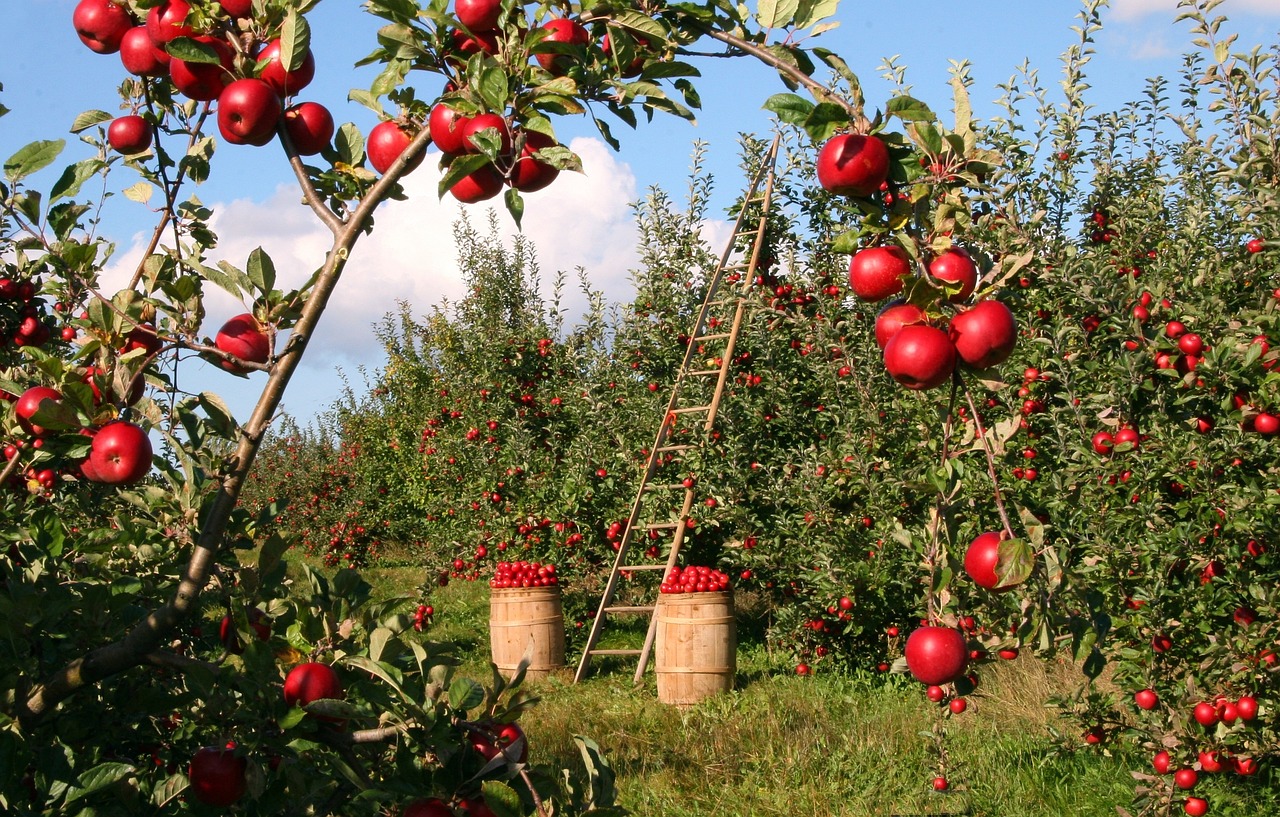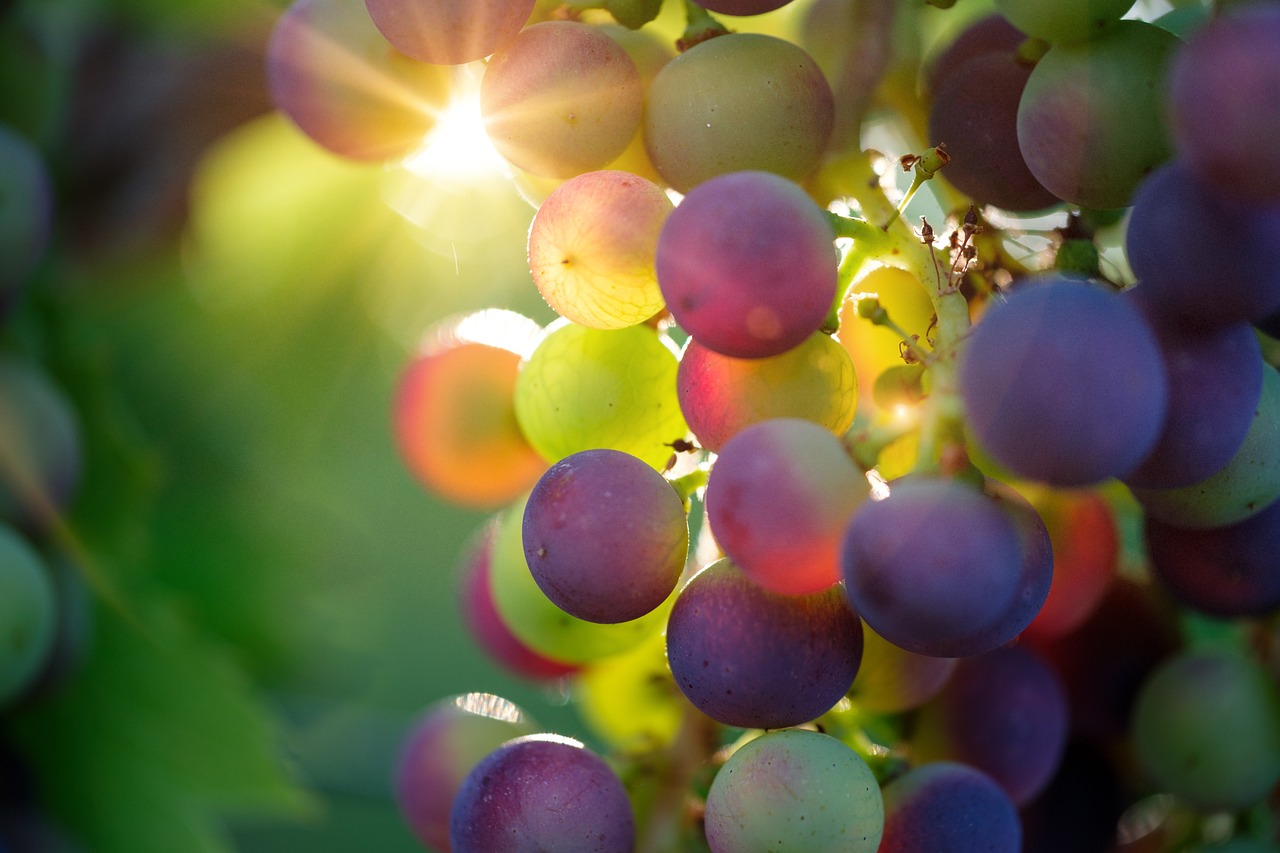When it comes to wine making, there are various techniques that winemakers employ to create their desired styles and flavors. One approach that has gained popularity in recent years is natural wine making. Natural wine making is a process that focuses on minimal intervention, allowing the grapes to express themselves fully while showcasing the unique characteristics of the terroir. In this article, we will delve into the details of natural wine making and explore the various techniques used in the process.
The Importance of Organic and Biodynamic Farming
One of the key components of natural wine making is the use of organic and biodynamic farming methods. These methods prioritize the health of the vineyards and promote sustainability. Organic farming avoids the use of synthetic chemicals, pesticides, and fertilizers, focusing on natural and sustainable practices. Biodynamic farming takes it a step further by utilizing the lunar calendar and incorporating holistic agricultural practices. By implementing these farming techniques, winemakers can ensure that the grapes are grown in a way that minimizes harm to the environment and maximizes the quality of the fruit.

Gentle Grape Harvesting and Sorting
Once the grapes have ripened, winemakers practicing natural wine making techniques employ gentle harvesting methods. Manual picking is preferred to ensure that only the healthiest grapes are selected. The grapes are carefully sorted to remove any damaged or unripe fruit. This meticulous process helps maintain the integrity of the grapes and prevents any unwanted flavors from being introduced into the wine.

Minimal Intervention in the Winery
After the grapes have been harvested and sorted, they are transported to the winery for fermentation. Natural winemakers believe in minimal intervention during the winemaking process, allowing the grapes to ferment naturally without the use of commercial yeasts. Instead, the naturally occurring yeasts present on the grape skins initiate the fermentation process. This approach allows for the expression of the unique flavors and aromas of the grapes, resulting in a wine that truly reflects its terroir.
No Added Sulphites and Low Sulfur Levels
In conventional winemaking, sulfur dioxide (SO2) is often added as a preservative to prevent oxidation and microbial spoilage. However, natural winemaking techniques avoid or limit the use of added sulfites. Sulfur dioxide can mask the flavors and aromas of the wine, so minimizing its presence allows the true character of the grapes to shine through. This approach may result in wines that are more vibrant and expressive, although they may require careful storage and handling.
Aged in Neutral Containers
Another technique used in natural wine making is aging the wine in neutral containers, such as old oak barrels or concrete tanks. Unlike new oak barrels, which can impart strong flavors and aromas to the wine, neutral containers allow for a more subtle aging process. This approach preserves the natural flavors and aromas of the grapes without adding any additional elements to the wine.
The Rise of Natural Wine
In recent years, natural wine has experienced a surge in popularity among wine enthusiasts. This trend can be attributed to the growing interest in sustainable and organic products, as well as a desire for wines that showcase the unique characteristics of their origin. Natural wine offers a different experience from conventional wines, with a focus on purity and minimal intervention. The natural wine movement has inspired winemakers around the world to explore these techniques and create wines that are both delicious and environmentally friendly.
As natural wine making gains traction, more winemakers are adopting these techniques and incorporating them into their practices. By understanding and appreciating the detailed process behind natural wine making, wine enthusiasts can develop a deeper understanding of the wines they enjoy and support the growing movement towards sustainable and authentic wine production.

